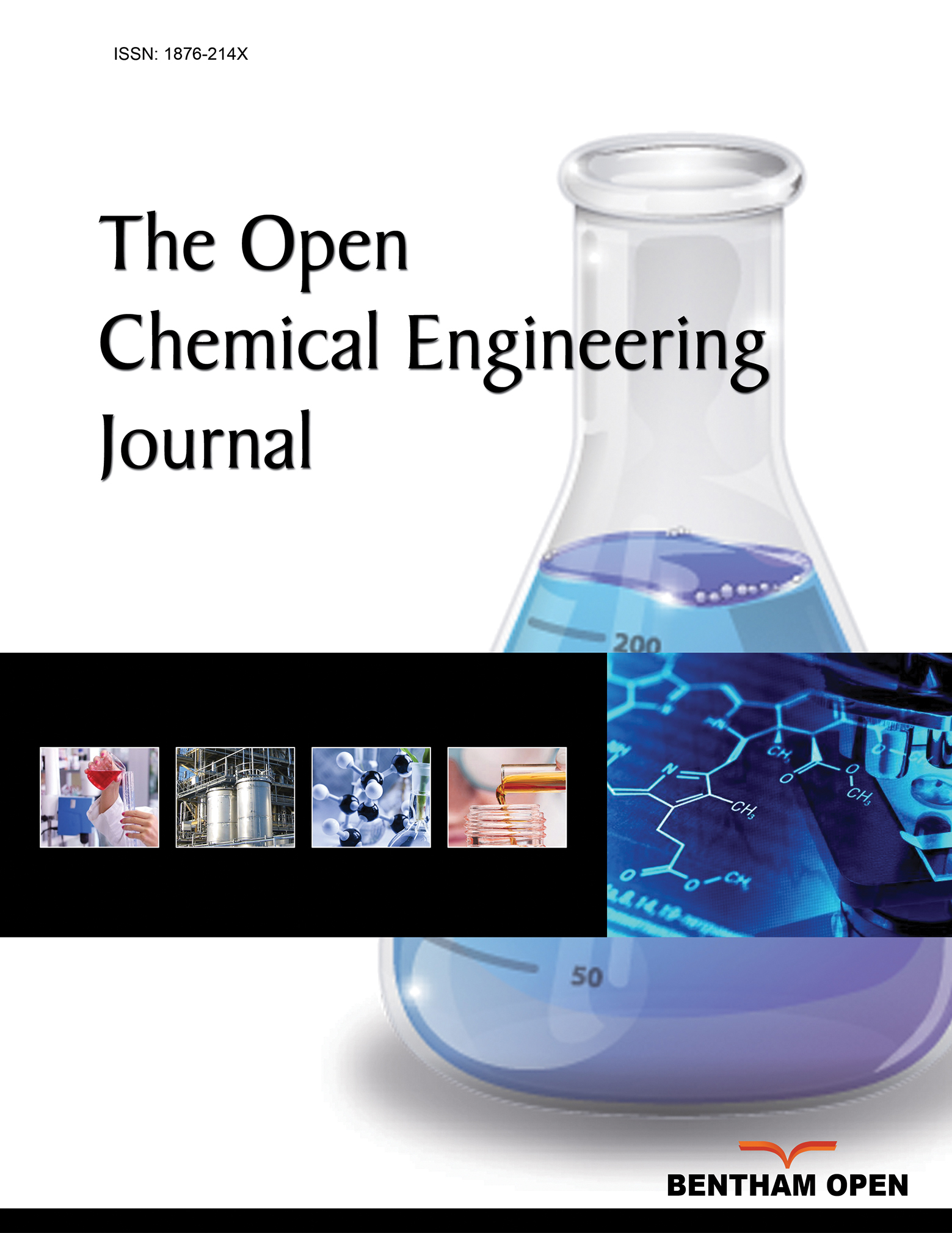All published articles of this journal are available on ScienceDirect.
Better Heat and Power Integration of an Existing Gas-Oil Plant in Egypt Through Revamping the Design and Organic Rankine Cycle
Abstract
Objective:
The current study aims mainly to Maximize Condensate Recovery (NGLs), focusing on a gas processing train of Gas-Oil Separation Plant (GOSP) located in Egypt with a capacity of 4,230 kmole/h.
Methods:
The research study accounts for the constraint of Reid Vapor Pressure (RVP) specification, which makes the storage in floating roof tanks is of a great risk. The study proposes the installation of the cryogenic train that recovers condensates (C4+). This train comprises of compression unit, expansion unit, three-phase separators and a re-boiled absorber. The problem of RVP will no longer exist because of the re-boiled absorber achieving RVP according to export specifications (RVP below 82.74 kPa). Heat integration is applied over the whole process to minimize the reliability of the external utilities. Further, an Organic Rankine cycle (ORC) is introduced to the existing unit for more heat integration to develop useful work from process waste heat. Furthermore, both environmental emissions of CO2 and economic implications are investigated.
Results:
Energy integration played a vital role in decreasing the compressing power by about 31%, the cooling load by about 81%, and eliminating the heating load leading to zero CO2 emissions.
Conclusion:
The new energy-integrated retrofit scenarios exceed the recommended revamping schemes by previous works and base case in all aspects of condensate recovery, energy-saving, environmental concerning and economics.


